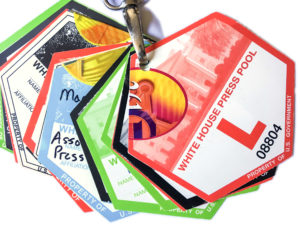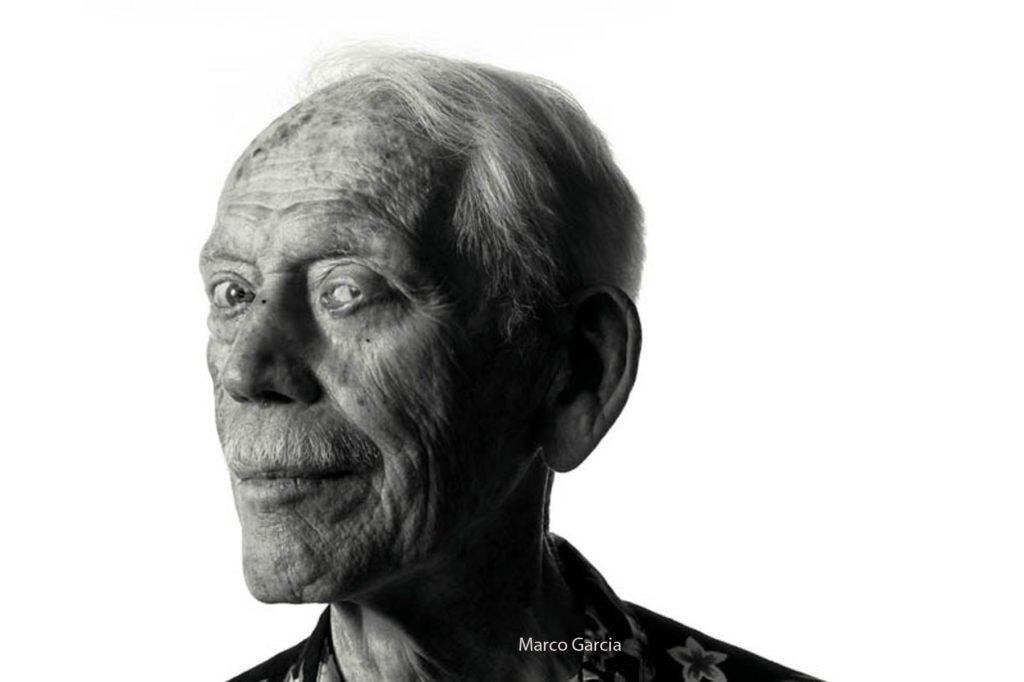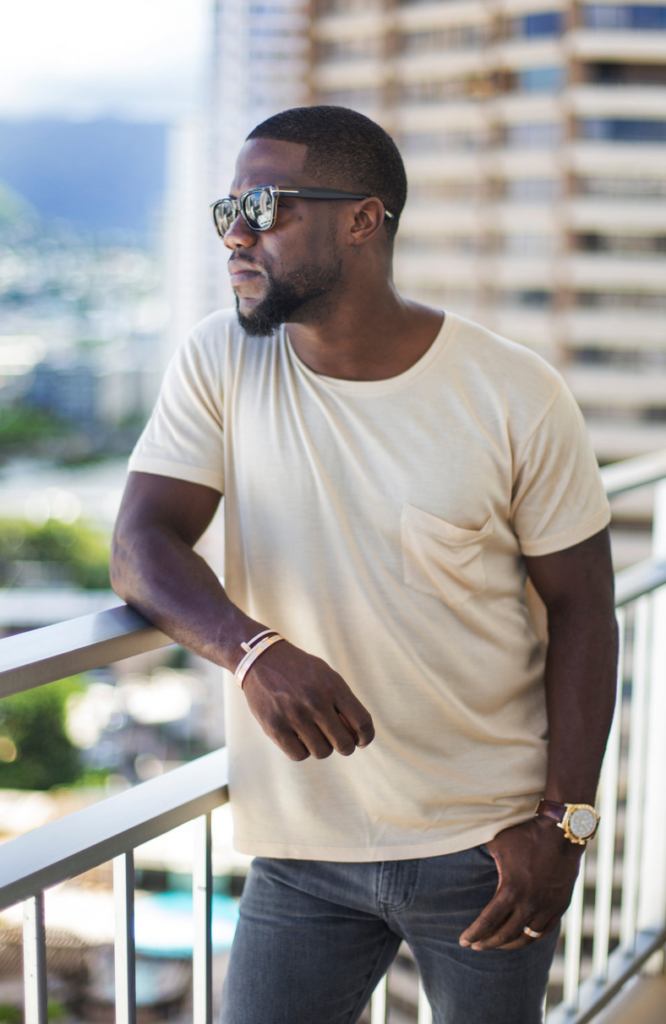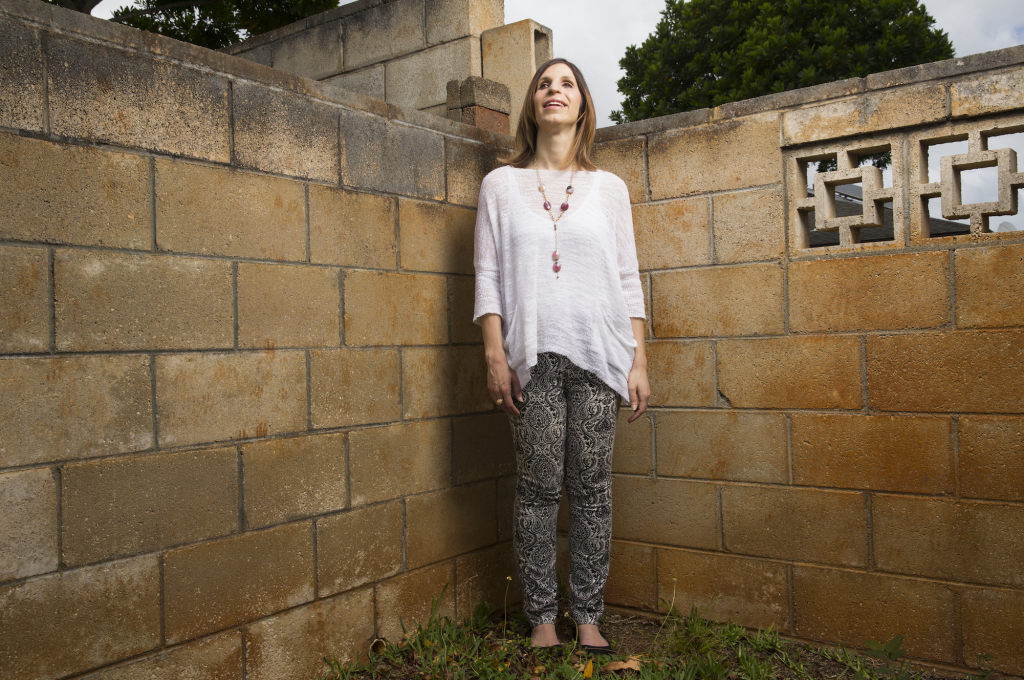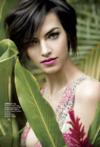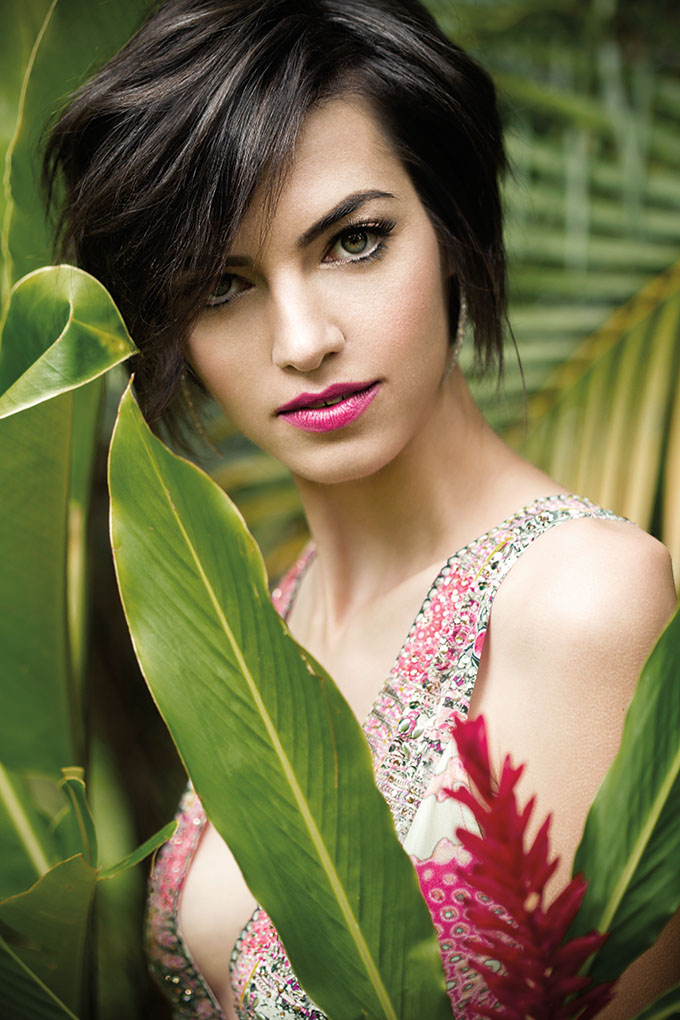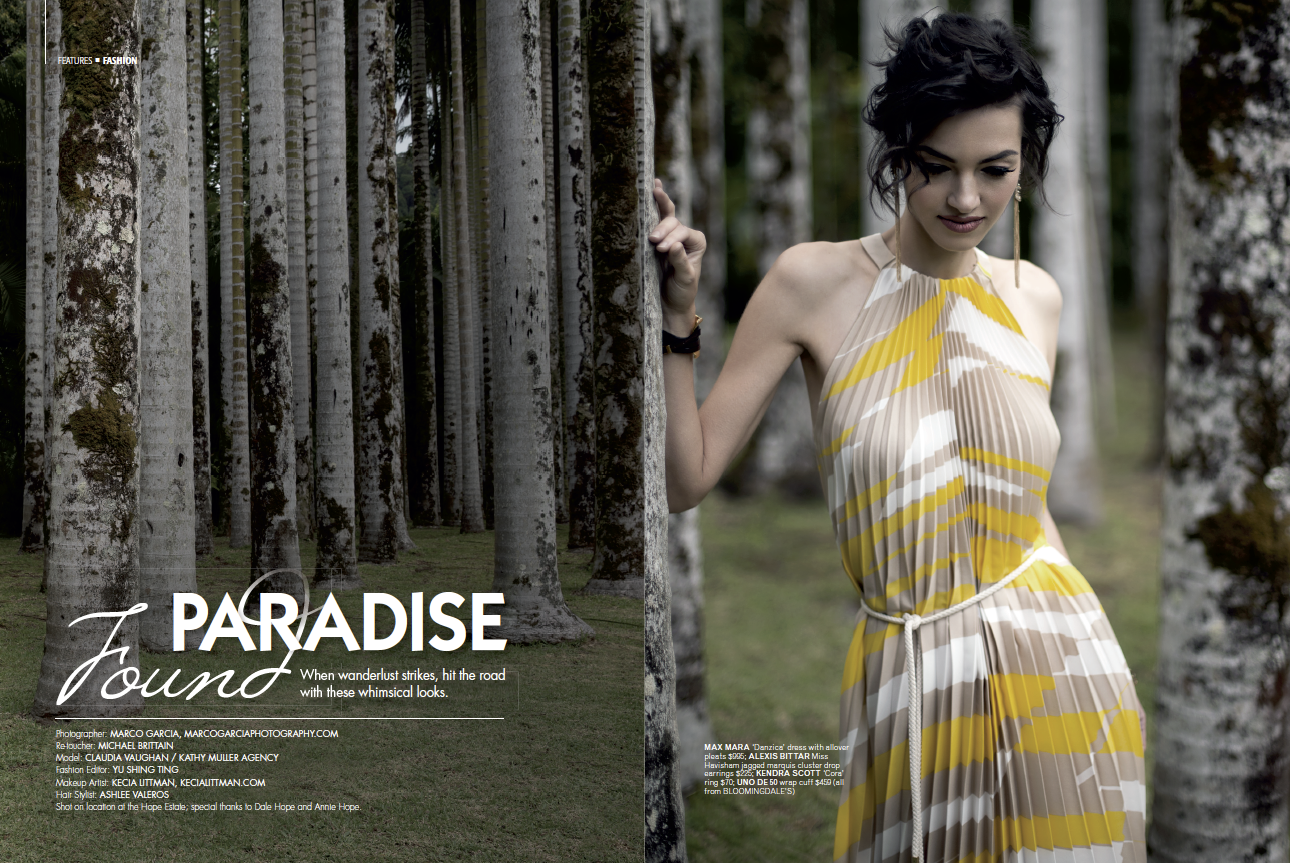
Friday marked the start and the end of US President Barack Obama’s annual Hawaii vacation. After eight years of his headlining holiday visits, Hawaii’s favorite son will no longer return to his million-dollar rental home on the east shores of Oahu, at least not as President of the United States. The ending of his two terms in office also brings an end to this unique time of Hawaii history, where the D.C. limelight merged with the Island’s aloha culture.
Obama vacations brought international attention to many of the islands attractions and restaurants. He famously body surfed at Sandy’s, dined in some of the City’s hottest restaurants, and walked along the best beaches Hawaii has to offer. But along with the President came the intense circus of security that surrounds one of the most powerful men in the world. While those who lived near President’s rental home might feel differently, his footprint was relatively small and many locals never realized a world leader was just a few blocks away. There were unfortunate incidents where his caravan caused gridlock or beach goers were kept away from certain areas, but most locals took his visits with ease as it wasn’t everyday Hawaii had a president sitting on her beaches.
The unique circumstances of Hawaii producing a U.S. President and having his family vacation here every year is likely never to happen again so I’m fortunate to have been a working photographer during this time. From stalking him on the beach to covering his multiple arrivals and departures, I played a role in reporting on his holiday whereabouts. On top of that, I was given the chance to work as a reporter within the secure bubble of the Secret Service and reported on the whereabouts of one of the most important men on the globe. Although it might seem trivial to witness Obama eating shave ice or making a long putt on the 18th green, his actions made headlines around the globe.
Compared to some colleagues who lost a good part of their lives sitting inside that cramped media bus for the entire holiday season, my role was relatively minor. Yet I was still was part of the media pack that kept tabs on the president and recorded this unique time in Hawaii history. My images will be part of a collection that will define Obama’s visual history and I stand proud with my local brothers Hugh, Jamm, Tanner, and Kent. None of us are full time staffers yet we all sacrificed our holidays for a decade minus a year to record history, as trivial as it may seem, to photograph and report on one of the most popular presidents in modern history. I grow jealous of my named colleagues who captured more; yet, I salute you, you bastards.
Although many will not miss Obama or his annual visits, his last days on Oahu as President will bring a bittersweet end to nine years can never be repeated. The Hawaii history books are closing, but I’m glad, along with my colleagues, that someone will be looking at our images for a long, damn, time.
